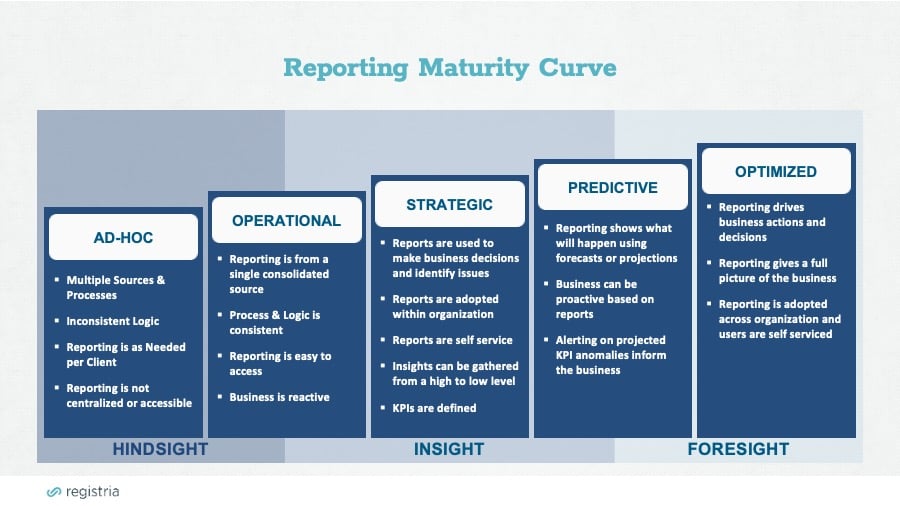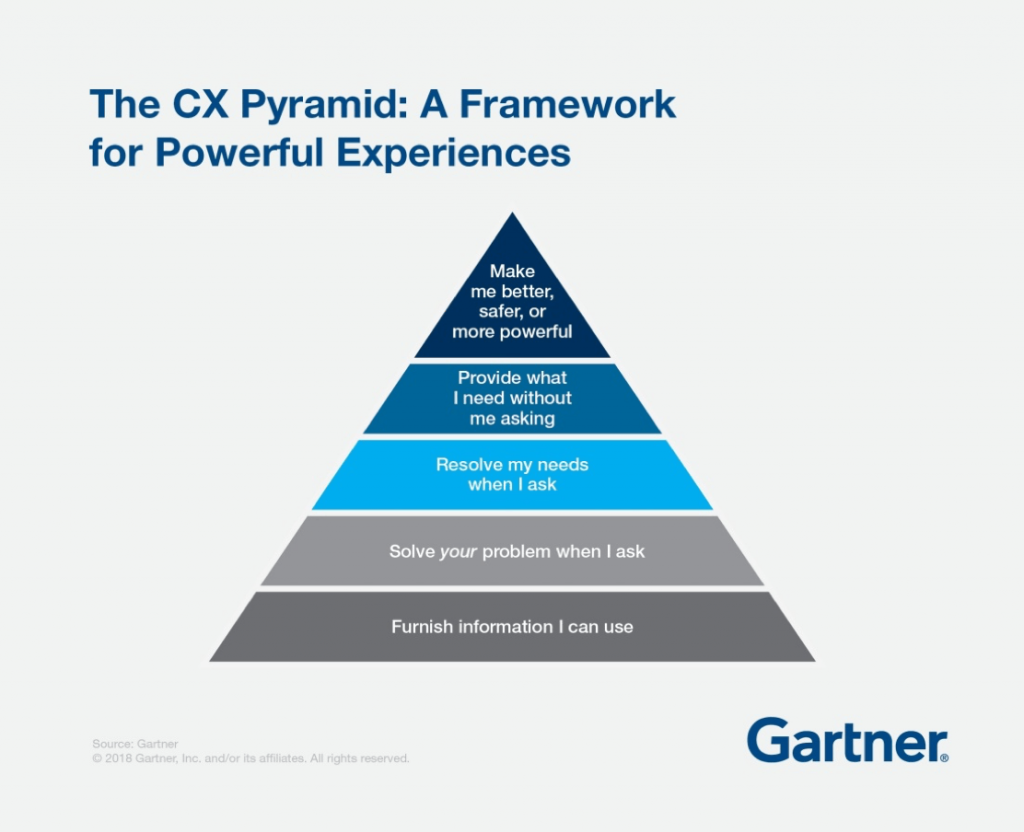The Rise of the Ownership Experience (OX)
Denver, CO – It’s the “age of the customer” and consumers are reshaping how business is done. Buyers are more demanding and more informed than ever....
OUR SOLUTIONS
OUR TECHNOLOGY
4 min read
Dominic Abou-Jaoude : Jul 14, 2020 3:03:26 PM

One thing that we can take away from the last few months is that crisis creates change. But change also leads to opportunities. For consumer product brands, these changes demonstrate why it’s imperative to establish direct relationships with product owners and personalize the Ownership Experience. Creating valuable long-term relationships with customers will help brands survive the current disruptions.
In order to do this, brands need actionable first-party data collected directly from customers. This post will explore how to collect, enhance and analyze first-party data to improve customer lifetime value and help your brand develop a value-added customer data strategy.
It’s easy to calculate how much your brand invests in acquiring customer data. It’s much more difficult to determine the value that you derive from that data. When it comes to gleaning actionable insights from your data – thus making it much more valuable – there are two key questions that will set you on the right course. The first key question is:
What are the business goals, KPI’s or outcomes you want to achieve throughout the organization using customer/owner data?
You may have heard the Yogi Berra quote, “If you don't know where you're going, you'll end up somewhere else.” It’s an excellent analogy for thinking about your approach to customer data. Too many organizations collect data as a reflex. They gather all the data they can get (more data is better, right?), from as many different sources as possible, and with very little idea of what to do with it. This is an easy way to invest a lot in data without getting much in return. This ad hoc approach is low on the Reporting Maturity Curve (see image below).

You can see that as a data program progresses through the curve to become more mature, a more strategic and consistent approach is needed to result in insights from the data. Beyond insights, an even more advanced program can attain foresight by becoming proficient at using predictive analytics to drive changes throughout the organization.
Reporting maturity is a process, so no need to fret if your program isn’t that far along. Remember, the first step is understanding where you what to go (e.g., what you want to achieve using the data). The second step is knowing how to get there.
Once you have determined where you want to go in terms of data outcomes, the second step is getting there. The key question here is:
What specific data should you collect to accomplish your goals?
No matter your goals, KPIs or outcomes, first-party data is likely to provide better results than other types of data. Data about your product owners that you gather yourself is superior because it’s self-reported, specific, and reliable when the right systems are in place.
It’s often hard to collect first-party data at the point of sale (unless you’re using a Direct-To-Consumer approach). That’s why for many brands product registration (Owner Onboarding) is an important data collection method. Registration data typically includes personal and demographic information and product-specific information, all of which can be leveraged to power actionable insights that contribute to a tangible return on your data investment.
The more mature your owner data program is, the more you can drive organizational change, using diagnostic and predictive analytics to gain a competitive advantage through actionable insights.
The first step toward this goal is creating a plan for clean data collection. When designing your data collection method, such as a digital onboarding experience, you’ll want to keep in mind your goals, outcomes and KPIs for the data. This “roadmap” will inform the scope of your input forms and interactions so that you get the information you need and not a lot of extraneous material.
To that end, avoid data collection exhaustion – only collect the data that helps you reach your goals. Once you have established a connection with your product owners you can always ask for more information later via different methods such as surveys and review requests.
The way you ask for data also makes a difference in how clean the resulting data will be. Make your data input forms as structured as possible. Opt for pre-populated or pick-list fields and limit free form fields. Leverage API’s for address lookups and other real-time verification methods.
After you have collected some data from your owners, start with the low-hanging fruit to connect with them. For example:
These are just a few ideas of how clean, first-party data can help a brand forge mutually beneficial relationships.
To realize the full benefit of the data you have collected, take some time to comb through the data and find common errors or issues with the data, then remove or segment inconsistent data to your guidelines. If needed, return to the design of your data input mechanisms to minimize issues at the point of collection.
You can also enhance your first-party data by using a geo-code data appending provider or other data lookalike tools. These third-party services tap their vast collection of data to provide more details related to your owners. Remember, the more specific types of data you can associate with each owner means the more personalized connections you can make with them via email, SMS or other engagement channels.
Finally, keep in mind that your data collection will never be perfect. Plan now and spend some time structuring your data collection and adjusting as needed so that you’re getting the best possible data you can that’s clean and actionable.
In my next post, I’ll dive deeper into specific strategies you can use to further analyze your customer data, giving you actionable insights that you can use across your organization to drive revenue, engagement, owner insight, and new initiatives or product development.

Denver, CO – It’s the “age of the customer” and consumers are reshaping how business is done. Buyers are more demanding and more informed than ever....

Owner Math™, a proprietary ROI calculator based on Registria's accumulated knowledge of best practices and benchmark data, helps brands quantify...
